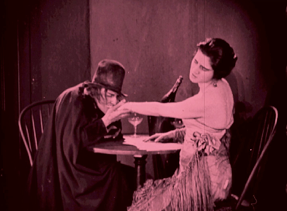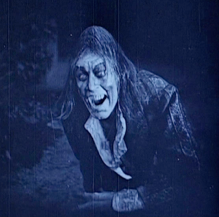Dr Jekyll & Mr Hyde the mask of Janus

The silent film concerts of the Prima Vista Quartet



Almost a century after its theatrical release, the film by John S. Robertson is praised as one of the best film adaptations of the famous novel by Robert Louis Stevenson. Its importance lies not only in the transfigured interpretation of John Barrymore but also in some aspects which will then be taken up in most subsequent versions such as the choice to place the story in Victorian society to emphasize the opposition between the dominant rigid moralism and the subversive individual impulses.
To accompany this classic of the 7th Art, which did not get an original music at the time of its production, Baudime Jam has composed a symphonic score whose orchestration features strings, woodwinds, three trombones, a harp and timpani, in order to fit the victorian and gothic aesthetic of the film.
> The film is presented in its original full version.
© 1997-2025 Quatuor Prima Vista.
All rights of publication and duplication of the texts, photos, and pictures featured on this site, including their use on the Internet, are reserved for all countries.
Any distribution or reproduction of these materials or any part thereof in any form is thus prohibited without authorization.
A literary and cinematic myth
the film
DIRECTOR John Robertson
YEAR 1920
DURATION 1h22
COMPOSER Baudime Jam (2015)

